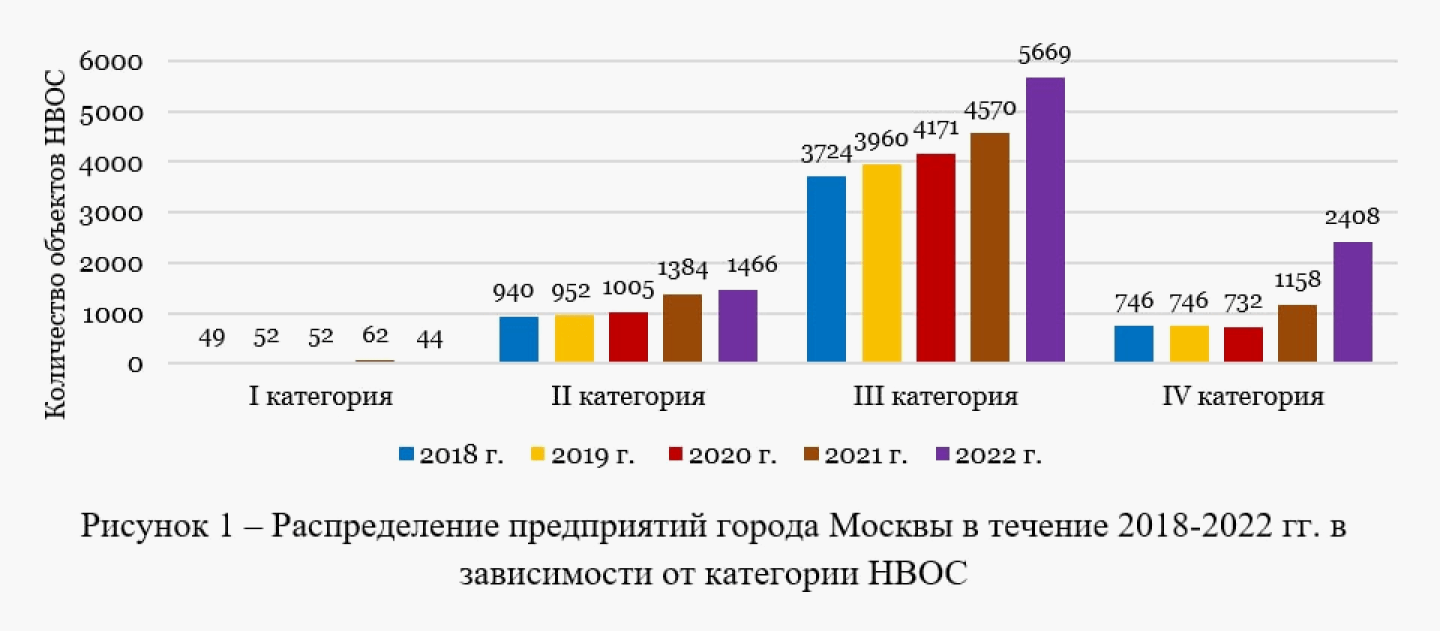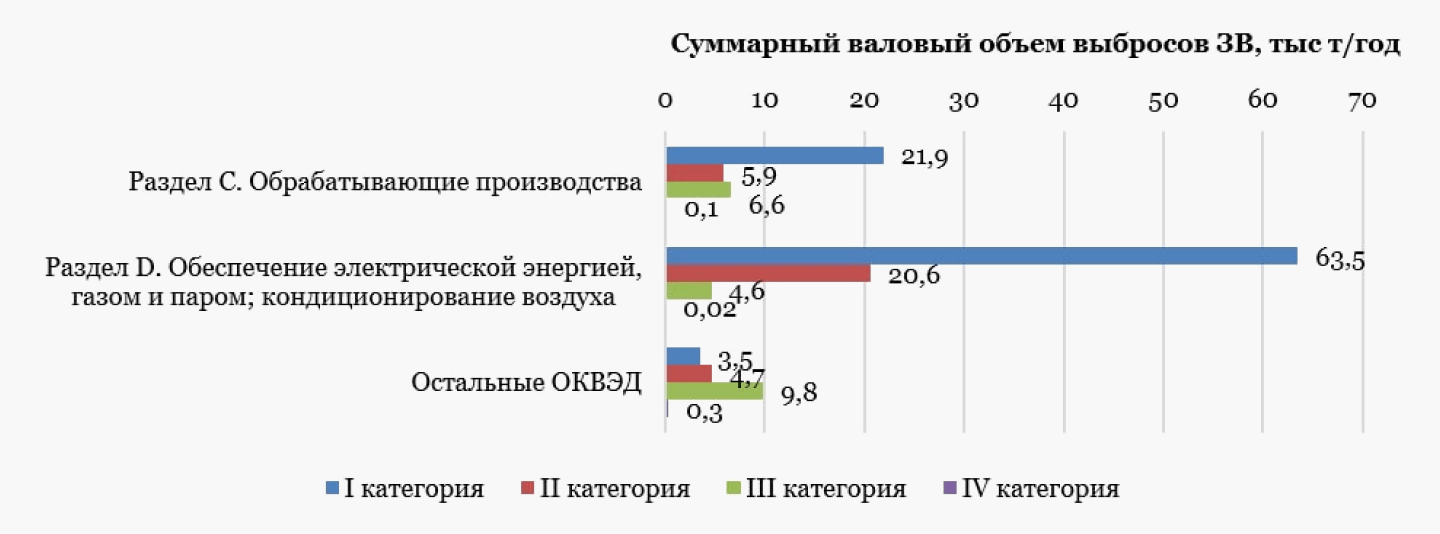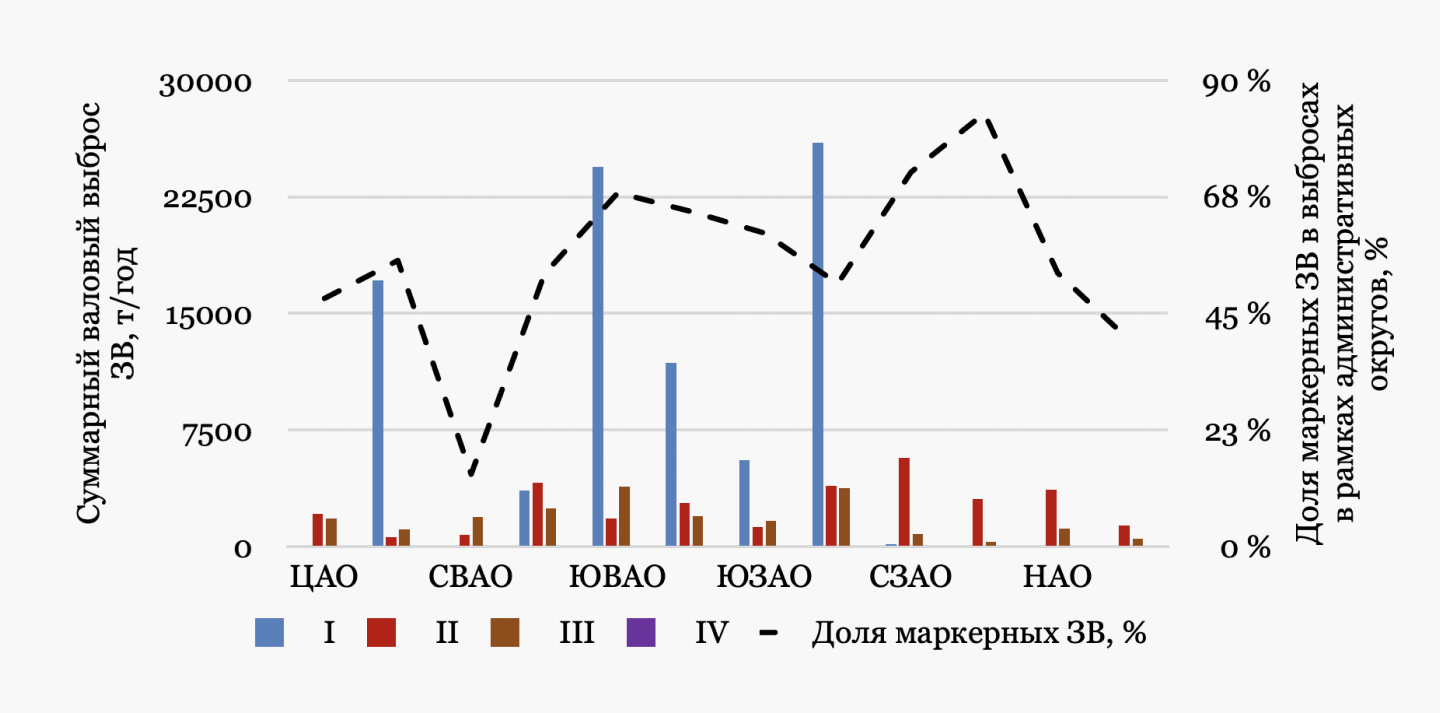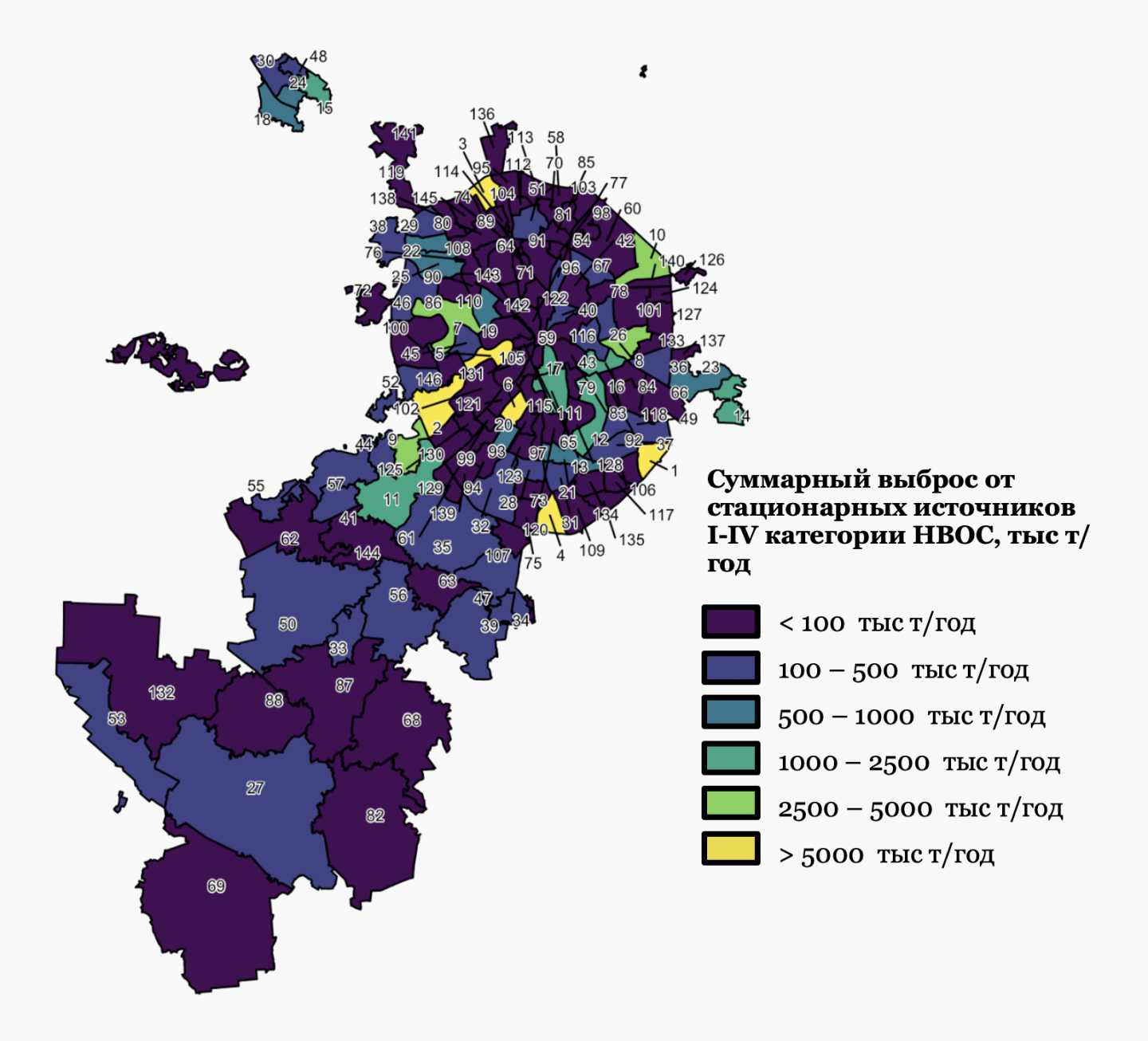One of the most urgent tasks of Russian industrial policy is to stimulate rational and efficient use of material, financial and natural resources and to introduce resource-saving and environmentally friendly technologies. The industry’s emphasis on the need for rational use of natural resources and reduction of anthropogenic impact on the environment can be traced in all strategic documents of the Russian Federation. At the same time, it is clear to both industry representatives and environmental protection agencies that a reasonable balance must be struck between the environmental friendliness of production, the financial capacity of the enterprise and the overall economic situation in the country.
The transition of Russian industry to the principles of best available technologies (BAT) involves modernisation of technological processes and is, in fact, one of the most promising tools for achieving strategic goals of reducing the negative impact on the environment. The list of measures aimed at abandoning obsolete and inefficient technologies includes the development of technological indicators describing the transition to the principles of best available technologies and best environmental global practices.
As part of the research work commissioned by the Department of Nature Management and Environmental Protection of Moscow, scientists and specialists of NRU “MPEI” assessed the potential of reducing the negative impact on the environment (negative environmental impact) of Moscow, both when introducing the best available technologies and the best environmental practices in the world.
As of 01.12.2022, there are 44 objects of I category of NEI, 1466 objects of II category, 5669 objects of III category and 2408 objects of IV category registered in the territory of Moscow. Figure 1 shows the dynamics of the structure of facilities that have a negative impact on the environment, by category, for the period 2018–2022.

Figure 1. Distribution of Moscow enterprises over 2018–2022 according to the category of Negative Environmental Impact (NEI)
The analysis of the structure of gross pollutant emissions by Moscow enterprises according to NEI categories showed a largely predictable distribution, namely, that 62% is the contribution of facilities of category I, 22% of category II, 15% of category III, and less than 1% of category IV. Consequently, the main reserves for emission reduction exist at the enterprises of categories I and II.
Moreover, it is not only the NEI category that is important, but also the sectoral affiliation of the enterprise. The main contribution to atmospheric air pollution in Moscow by industrial enterprises is made by energy enterprises (I category — 72% of all emissions of enterprises of this section of OKVED), II and III categories — 23% and 5% respectively), manufacturing industries (I category — 64%, II category — 17%, III category — 19%).

Figure 2. Distribution of pollutant emissions by enterprises of I-IV NEI category in Moscow
When Moscow enterprises switch to BAT and best global practices, emissions of marker substances such as:
- nitrogen oxides (NOx);
- sulphur dioxide (SO2);
- carbon monoxide (CO).
The highest emission of pollutants corresponds to the following administrative districts, according to Figure 3: ZAO — 34 thousand tons/year, SEAO — 30 thousand tons/year SAO — 19 thousand tons/year.

Figure 3. Distribution of total gross emissions of pollutants from enterprises of I–IV NEI category by administrative districts with indication of the share of marker pollutants
A map of the distribution of total gross emissions by individual districts of Moscow is shown in Figure 4.

Figure 4. Distribution of total pollutant emissions within the district municipalities, t/year (2021)
A detailed analysis for the most polluted areas of Moscow allowed the following quantitative estimates of emissions and potentially preventable environmental damage in case of transition to BAT and best environmental global practices to be made:
- Kapotnya — total emission — 21 thousand tons/year, environmental damage — 250 million rubles;
- Ochakovo-Matveyevskoye — total emission — 20 thousand tons/year, environmental damage — 290 million rubles;
- Dmitrovsky — total emission — 17 thousand tons per year, ecological damage — 230 million rubles;
- Biryulevo West — total emission — 11.5 thousand tons a year, environmental damage — 150 million rubles;
- Dorogomilovo — total emission — 7 thousand tons/year, environmental damage — 80 million rubles.
It is obvious that modernisation of production involves significant costs for enterprises. The expert evaluation, carried out within the framework of the research work of NRU “MEI”, shows that in order to achieve the effect of reducing air pollution by stationary sources by 15–20%, funding of about 1.5–2 billion rubles is required. However, the net economic effect of reducing environmental pollution and the corresponding reduction of population morbidity in this case for 15 years can reach a value commensurate with these costs.
Thus, at present, the prospects of reducing the negative impact on the environment from stationary sources in Moscow by 15–25% are absolutely realistic, subject to the transition to the best available technologies and best international environmental practices of enterprises of the first category and the largest enterprises-polluters of the second category. An important aspect for the implementation of such transition is the availability of state support measures.
The survey of Moscow enterprises shows that, at present, the economic levers of state support cannot be fully used to stimulate the transition to BAT. The respondents identified the most effective measures of state incentives as follows:
- Accelerated depreciation;
- Provision of incentives in relation to payment for negative environmental impact;
- Support for investment activities aimed at introducing BAT and other measures to reduce NEI.
However, in the opinion of respondents, additional measures are needed to intensify the transition to the BAT, such as:
- Investment tax credit;
- Improving the mechanism for payment of coupon income on bonds issued as part of investment projects to implement BAT;
- Development of additional support measures for producers of environmental equipment.
To sum up, at present, despite external influences and a rather difficult economic situation, measures are being implemented at the state level to reduce environmental pollution and improve the quality of life of the population. And this process cannot be slowed down, because to a large extent it affects the number and state of health of the able-bodied population of the country.
The introduction of the best available technologies is a tool to ensure the efficiency of production and reduce the negative impact on decades. But to use it effectively, it is important to understand that the goal of both the state and the company owners is the same — to preserve both labour and natural resources that ensure sustainable economic growth and development of our country. That is why, despite the fact that the main contributor to atmospheric air pollution in major megacities such as Moscow is transport, it is advisable to provide additional incentives to improve energy efficiency and environmental friendliness of enterprises.
Cover photo: lapandr / iStock








Comments